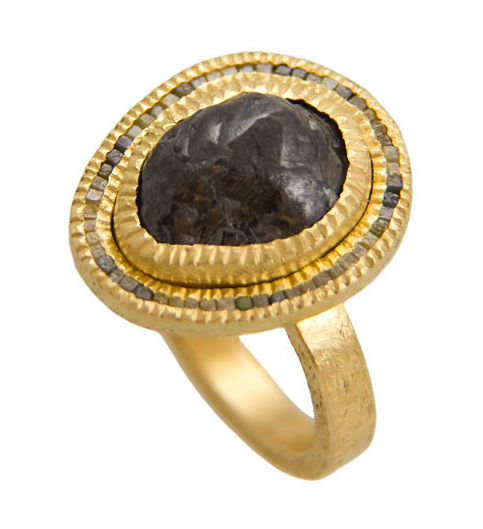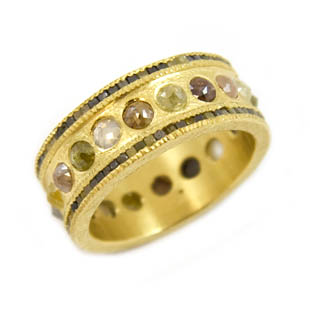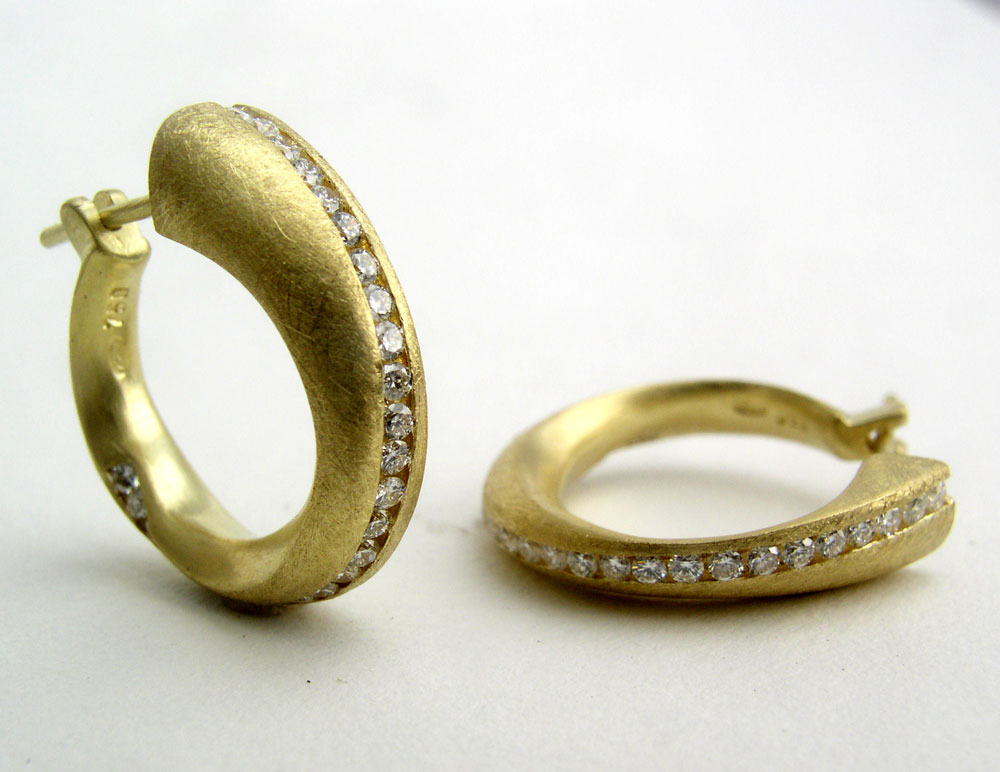
Diamonds in ancient jewelry are almost unrecognizable today. Because they resisted jewelers’ blades, only uncut crystals were set in medieval jewelry and frequently appear dull and black.
Yet few stones could match the legendary powers of a diamond, from betrothal to battlefield.
Ancient civilizations believed the diamond provided invincible strength, fortitude, courage and victory, making it the talisman of choice for warriors.
A flawless diamond was considered the ultimate protector, said to ward off serpents and evil spirits, fire and flood, poison, illness and thieves. But a flawed diamond could backfire, setting off the god Indra and bringing on lameness, jaundice or leprosy.
“The diamond, like a knight of old, brilliant and resistant, is the emblem of fearlessness and invincibility,” George Frederick Kunz wrote in The Curious Lore of Precious Stones, first published in 1913.

“The virtues attributed to this stone are nearly all traceable either to its unconquerable hardness or to its transparency and purity,” Kunz wrote. Indeed, diamonds were believed to represent eternity, constancy and purity – and enhance love between husband and wife.
But Hindus believed diamond power varied according to color and clarity. Colorless diamonds brought power, friends, riches and luck, while brown diamonds prevented aging.
So jewelry set with both – like this ring by Todd Reed – would render you wealthy, powerful, happily married, and eternally young. And people wonder how diamonds became so popular.

